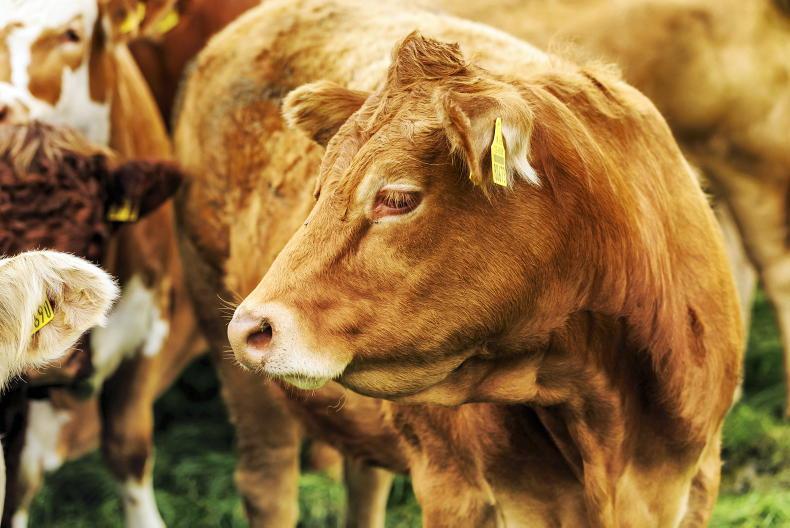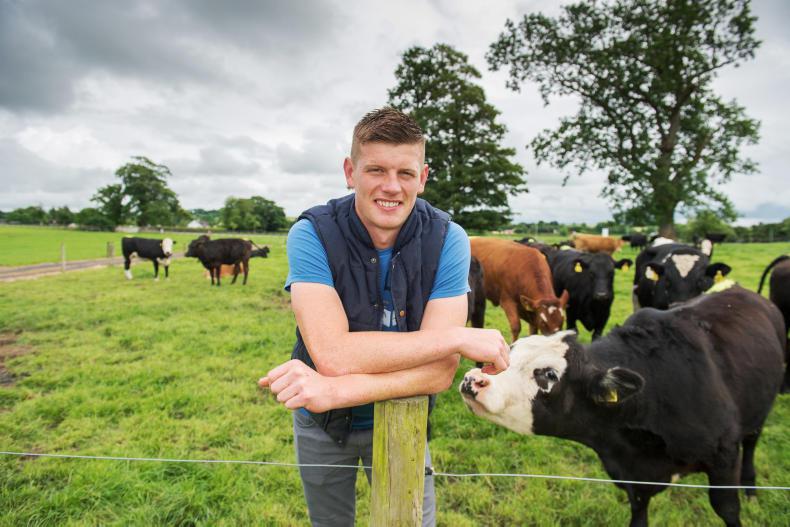Farmers, for the most part, admit that the quality of the beef calf being produced from the dairy cow in Ireland needs to be improved.
The biggest challenge they face is how to go about it, farmers at Teagasc’s DairyBeef 500 spring conference last Wednesday in Navan, Co Meath heard. .
“I do think we need to up our game with regards the type of calf we are producing and I’ve learned a lot here tonight but we’re not really being educated on it. It’s not something that would have been discussed at the discussion group meetings,” Dermot Heaney, a dairy farmer from Co Meath told the Irish Farmers Journal.
Speaking on the night about selecting bulls and producing good-quality beef calves was Conor Smith, a dairy farmer from Carlanstown, Co Meath.
“We are using all AI on the farm for the last number of years and it’s as easy for us to pick good-quality bulls as it is bad ones,” he said.
“If we can produce a good-quality calf we can hopefully get them sold at three weeks of age and that’s relieving the pressure in the calf shed, it’s keeping disease down and it’s leading to a better chance of having repeat buyers at better prices,” he added.
Smith picks his beef bulls based on the dairy beef index (DBI), beef sub-index, gestation length and calving difficulty.
Nicky Byrne, research officer at Teagasc Grange warned dairy farmers to be careful when looking at dairy beef indexes. “I’ve had farmers say to me that they used high-DBI bulls but that might not necessarily mean it was a good beef bull. You must ensure there’s a minimum contribution coming from the beef sub index,” he said.
Byrne said that producing dairy beef calves with a high genetic merit is a “sure way” of future-proofing both the dairy and beef industries.
Shane McElroy from Tirlán, who chaired the conference, concluded on a positive note and said: “Dairy farmers have done it [significant genetic gain] with EBI. They just need to do the same now when breeding beef calves.”









SHARING OPTIONS